“To every thing there is a season, and a time to every purpose under the heaven:2 A time to be born, and a time to die; a time to plant, and a time to pluck up that which is planted; 3 A time to kill, and a time to heal; a time to break down, and a time to build up; 4 A time to weep, and a time to laugh; a time to mourn, and a time to dance; 6 A time to get, and a time to lose; a time to keep, and a time to cast away;8 A time to love, and a time to hate; a time of war, and a time of peace. – Ecclesiastes chapter 3, 1-8

According to Western culture, each day begins at midnight.
According to Judaism, the day begins with the appearance of the first three stars each night. The reason for this difference is that in the book of Genesis, in the first chapter which describes the creation of the world, it is written: “and there was evening and there was morning, one day”. First came evening and then the morning. The Sabbath, for instance, begins on Friday eve while Saturday eve is already considered Sunday.
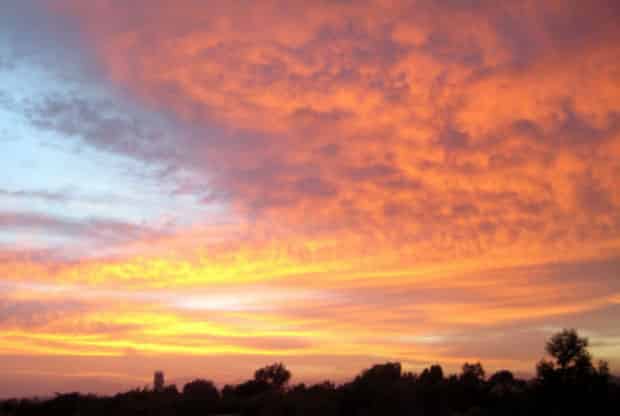
The idea of a seven-day week, began in the primeval Babylonian culture but the idea of transforming the seventh day into a day of rest was a Jewish idea that slowly trickled, mostly through Christianity, to the rest of the world.
In Hebrew, the names of the days are sequential. Sunday is called “Yom Rishon” (The First Day), Monday is called “Yom Sheni” (The Second Day) and so on. The Sabbath is an exception to this rule. The meaning of the word ‘Sabbath’ is not the seventh day but a day of rest from work. God, according to the Jewish tradition, created the world in six days and rested on the seventh so the Jews are also commanded to rest on the seventh day of the week.
The Sabbath is more than a day of rest, it is also one of the Ten Commandments.
It is a holy time.
A holy place is a religious idea that can be found in many religions but a holy time is a fascinating, unique Jewish concept. Although the Romans destroyed the holy place for Jews, the Temple, the Sabbath cannot be destroyed.
In Israel, Saturday is a day of rest and the workday begins on Sunday and lasts until Friday afternoon. Observing the Sabbath includes a wide range of behavior and actions.
The Orthodox Jews will light the Sabbath candles (before the Sabbath begins), they won’t turn on electric devices or drive a car, they will wear special clothes for the Sabbath and observe a hundred more rules.
Traditional Jews will light the Sabbath candles and won’t drive their cars but won’t avoid using electricity and secular Jews (around 50% of the Jews in Israel) won’t observe any of these rules. Out of all of the Sabbath traditions, the most popular tradition that is also by most Israelis, including the secular Jews, is having family dinner on Friday night.
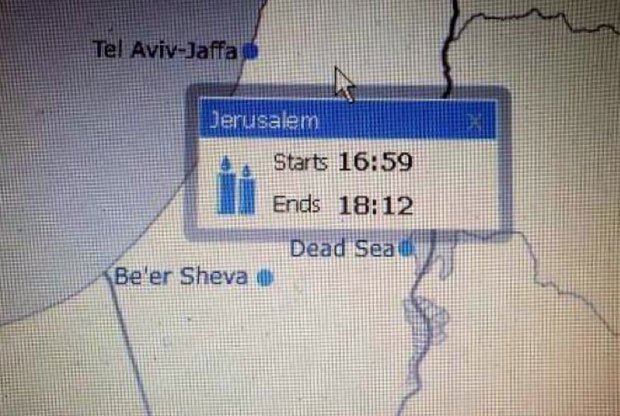
The Christian calendar is a solar calendar, the Moslem one is lunar.
The Jewish calendar is both. The months begin and end according to the moon – when the center of the crescent leans to the right and ‘fills up’ every day, it’s the beginning of the month, when the moon is full, it’s the middle of the month, and when the crescent leans to the left and becomes slimmer, the month is nearing its end.
The problem is that the lunar calendar is slightly shorter than the solar calendar, so the year becomes shorter. According to the lunar Moslem calendar, a holiday can be held in the summer one year, and a couple of years later, in the winter. The Jewish calendar is agriculturally-based, therefore there is great importance to the seasons of the year.
In order to make sure that the holidays will always be held in the same season, a month is added every four years. This means that every fourth year is a leap year, a year with 13 months (this is the same principle because of which there is a 29th of February once every four years in the Western calendar). The holidays in Israel are held according to the Jewish calendar so they are on a different date every year according to the Western calendar (it can be up to two weeks difference each time). The Jewish New Year, for instance, will always be around September-October. Once every 19 years, the Jewish and Western dates line up again.
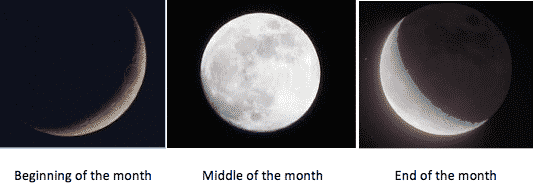
Currently, the year is 2023 because, according to tradition, Jesus Christ was born 2019 years ago. Jews do not believe in Jesus. The Jewish calendar counts the years from the creation of the world (according to Jewish tradition), therefore the year according the Jewish calendar, is 5783.
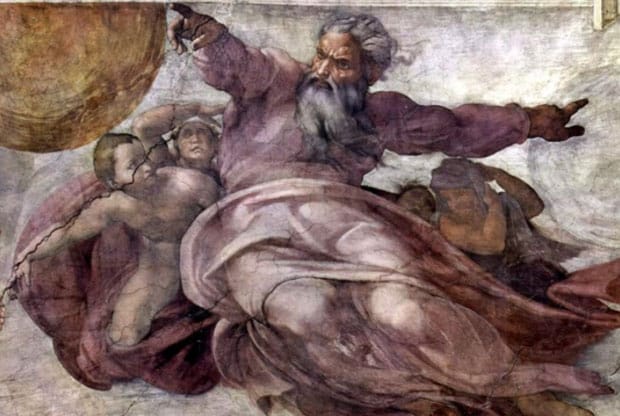
The reason that you’ve never seen the number 5780 on any Hebrew documents is because the date – day, month and year – are not written in numbers but in letters. This method is called Gematria. Instead of writing the 1st of a month, you write the A of a month, the 2nd day will be the B and so on (using the Hebrew alphabet, of course). J is the 10th day of the month and the 11th day is JA, the 12th is JB and so on… the 20th day is K and the 21st is KA and so on. The year is also written in Hebrew letters.
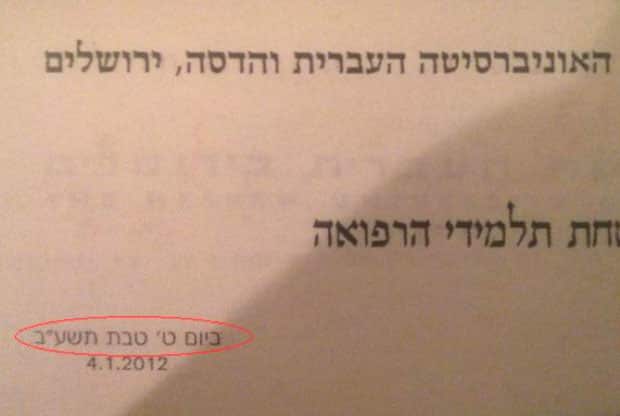
All rights reserved Cahanovitc Oren 2023 | SITEMAP | TERMS & CONDITIONS